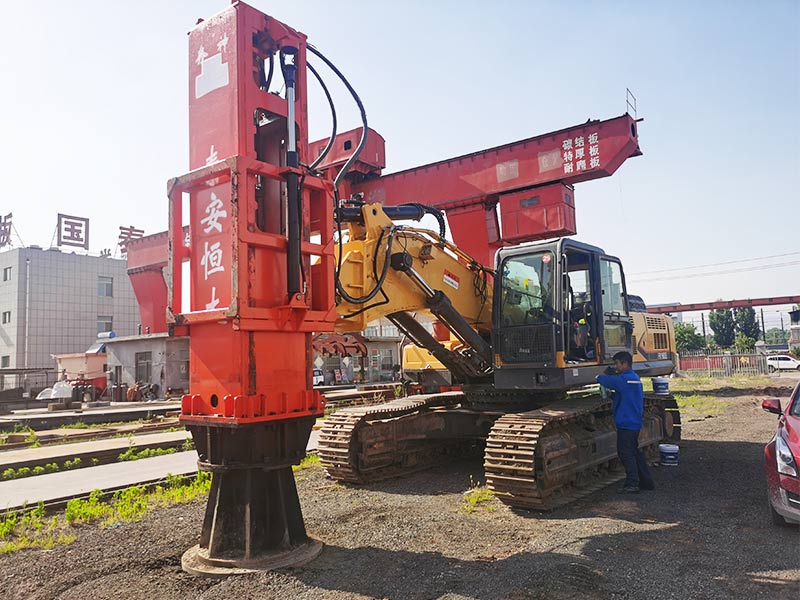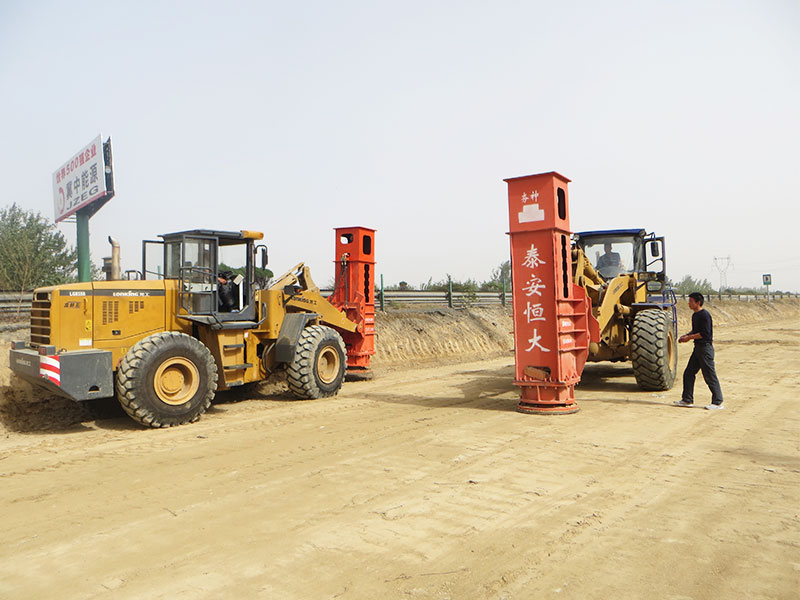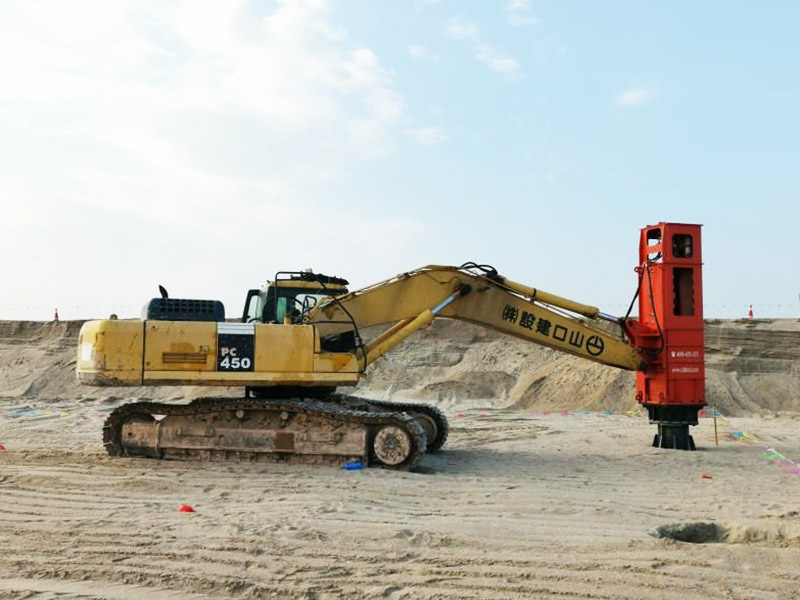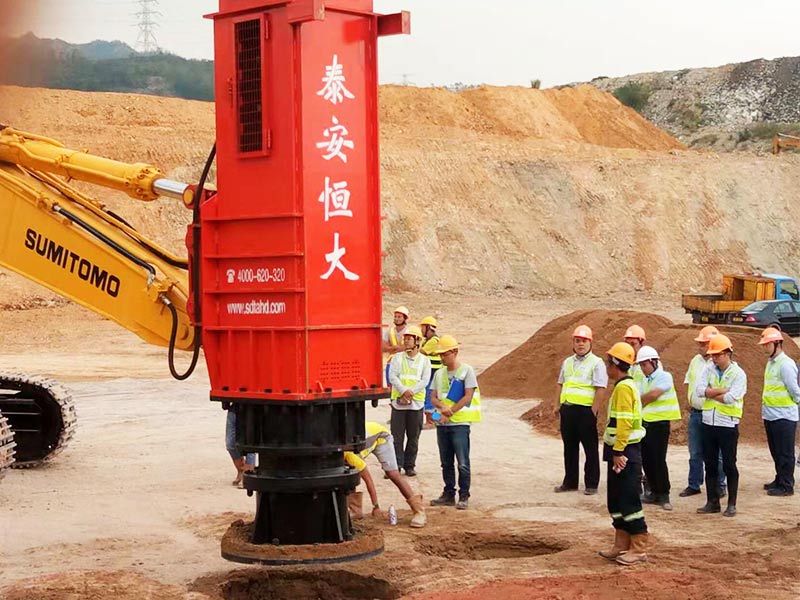How much does soil shrink when compacted? - HENGDA RIC
updatetime:2023-02-15 10:48:00 pageviews:327views
When it comes to light soil excavation, the shrink may range from 20-40% or more. Moderate soil excavation shrink ranges from 10-25%. Heavy soil excavation with deep cuts and fills shrink approximately 15% and swell around 5%. These averages are helpful to know and use as a guideline.

Numerous developments of the last decades provide a broad range of near-surface compaction technologies (such as static and dynamic rollers) and deep compaction techniques (such as deep vibro-compaction, vibro-flotation and deep vibroreplacement, heavy tamping). However, until recently no device was available for middle-deep compaction. The lately introduced Rapid Impact Compactor (RIC) aims at closing the gap between the surface compaction methods and the deep compaction methods, and permitting a middle-deep improvement of the ground up to a depth of 4 to 10 m.

The compaction effect of the Rapid Impact Compactor is characterized by pulse-shaped loading of the ground and is achieved by a specific number of blows. The ground to be improved is both compacted and displaced depending on the soil type, thus, causing plastic deformations in the near-field while elastic waves are generated in the far-field. The nature of vibration excitation (transient or periodic) is one of the limiting factors for the allowable impact on buildings and human beings and has to be taken into account for the assessment of standardized limit values.

The Rapid Impact Compaction (RIC) system uses an excavator-mounted, 7.5-9 ton hydraulic weight that is repeatedly dropped on a 1.5 m tamper foot to densify sand soils up to 6-7 m deep. This process is an equivalent alternative to bulk excavation and engineered fill.Improve up to 6-7m depth for the treatment of sand, silty sand, and fills for low-to-moderate bearing capacities.

RIC is a high-frequency, controlled energy, soil compaction technique used to densify surface layers of soils (to a depth of 5 to 7 meters in most cases) with minimum impact on the immediate worksite environment. Rapid Impact Compaction is widely used to densify loose granular soils (sand or gravel) as well as loam fill and industrial brownfield sites for surface compaction, foundations and floor slab support, liquefaction mitigation and waste stabilisation.

It is possible to compact the ground near an adjacent site with rapid impact compaction. Rapid impact compaction suits to ground improvement in small spaces. As an example, we can apply this technique within or next to existing warehouses. In such cases, we monitor very carefully vibrations in adjacent structures during rapid impact compaction.

